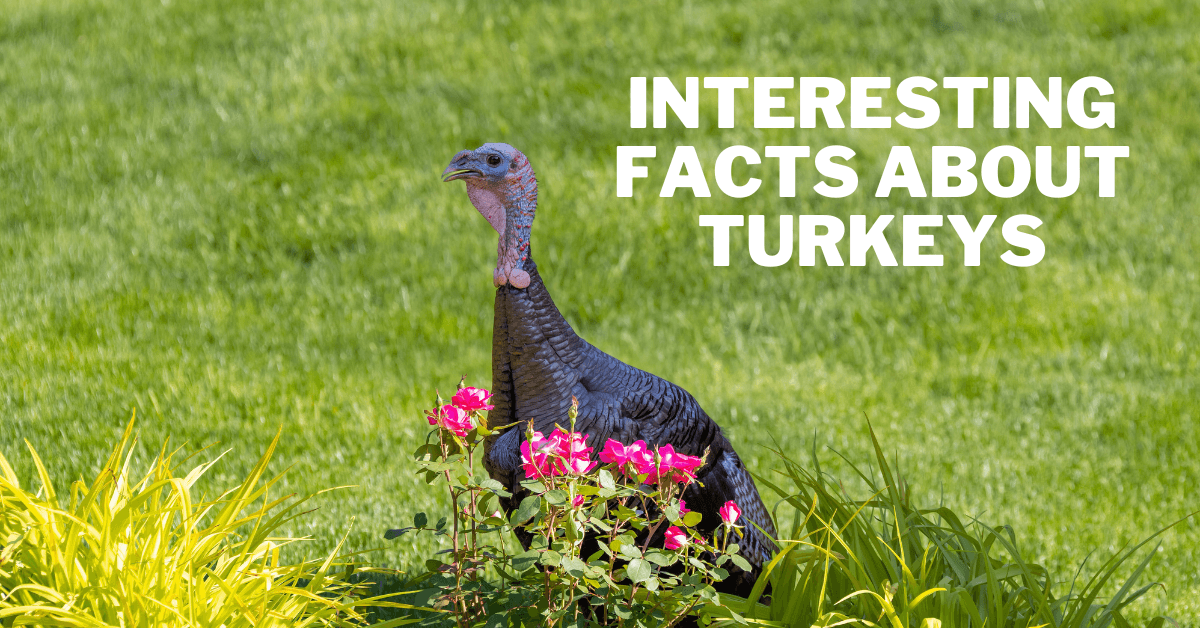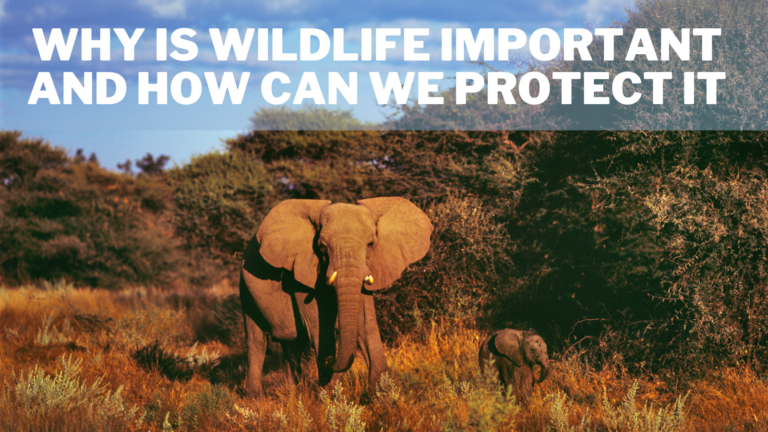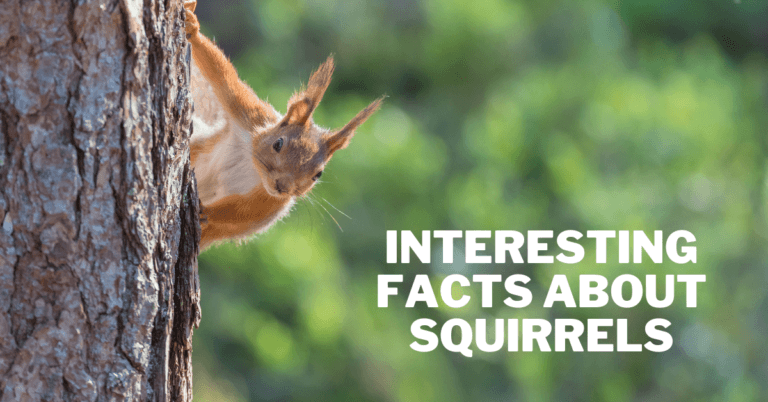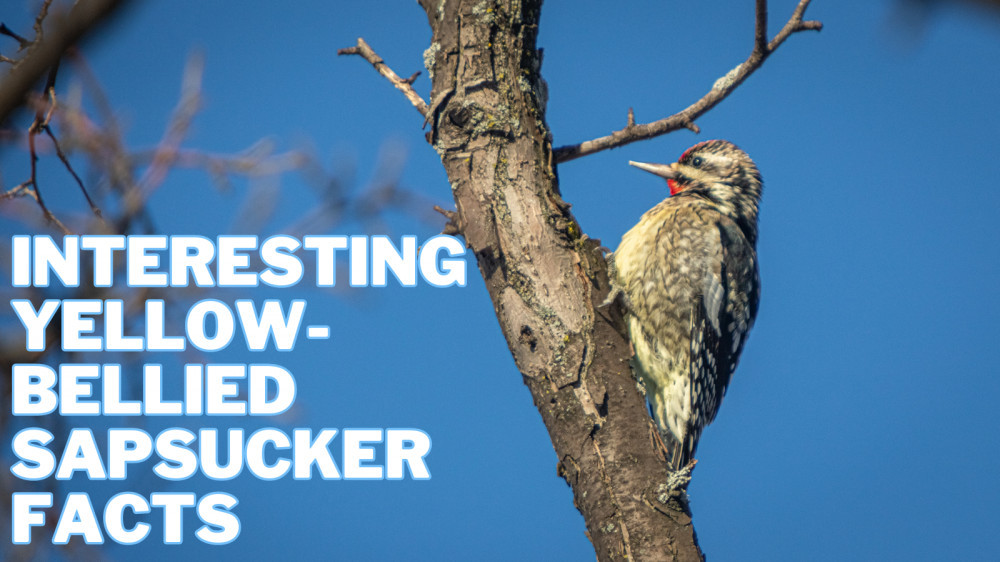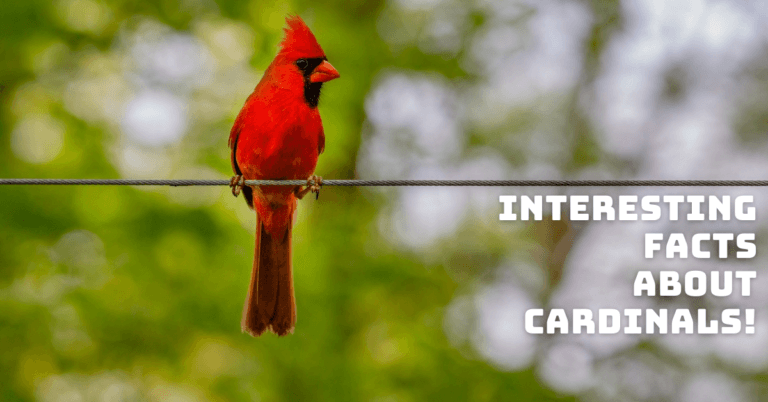Interesting Facts About Turkeys
Interesting Facts About Turkeys
Turkeys are intriguing birds that have captured the interest and imagination of people worldwide. Whether it's their association with Thanksgiving feasts or their impressive courtship displays, turkeys have a rich history and fascinating characteristics worth exploring.
This article will investigate various interesting facts about turkeys that shed light on their origins, behaviour, physical features, and cultural significance.
From their wild origins in North America to their colourful displays and adaptability in different habitats, turkeys offer a wealth of intriguing insights into the natural world.
So, let's embark on a journey to discover the captivating world of turkeys and uncover the wonders that make these birds truly remarkable.
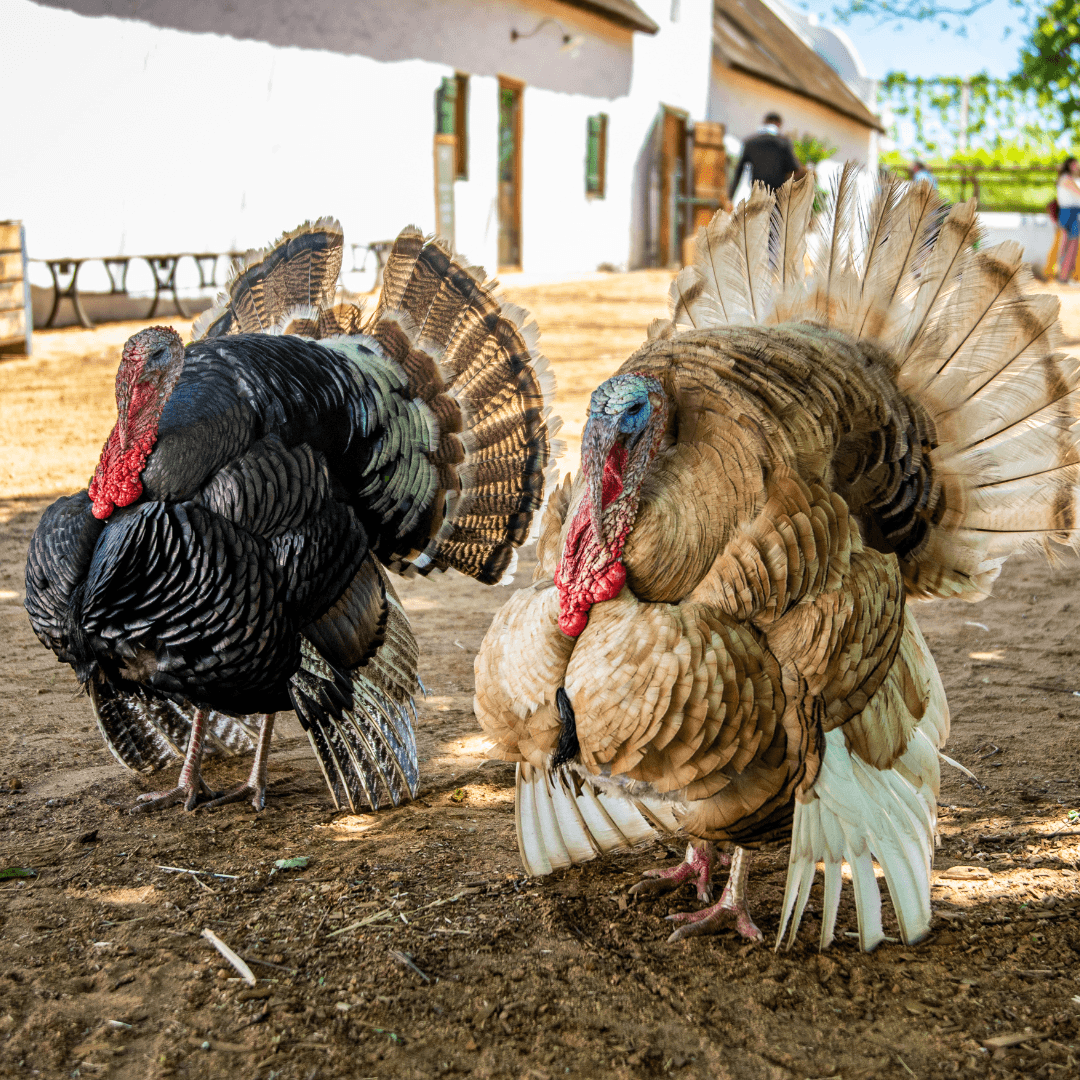
1. Turkey Origins
Wild turkeys' unique geographical and historical origin (Meleagris gallopavo) is rooted in North America.
They are indigenous to this continent and have significantly preserved their natural heritage for countless years.
Wild turkeys' ancestors arrived in North America more than 11 million years ago during the Miocene epoch.
These migratory birds, which resembled turkeys, adapted to their surroundings and changed over time—native American cultures valued and respected wild turkeys because of their significance.
They were significant culturally and spiritually, providing food, feathers, and supplies for rites and ceremonies.
When European settlers first discovered wild turkeys in North America, they rapidly understood their usefulness as a food source.
Unfortunately, a reduction in wild turkey numbers was caused by overhunting and habitat destruction.
However, wild turkey populations have been successfully recovered in many areas thanks to committed conservation efforts, such as reintroduction initiatives and habitat restoration.
Wild turkeys are still prized today as a beloved representative of North American nature. They also serve as a symbol of the species' tenacity and the conservation efforts that have helped to protect it.
2. Turkey Namesake
Turkey and the bird that bears its name have an intriguing relationship. The North American turkey is said to have been incorrectly classified as a species known as guinea fowl, with which European explorers and traders from Turkey were familiar in the 16th century.
Through the Ottoman Empire, guinea fowl was brought to Europe, and traders connected it to the far places they had travelled.
Due to the two birds' similar appearances, when explorers discovered the wild turkey in North America, they made comparisons between them.
They believed the bird they saw in Turkey to be the identical one they would see in the New World. This led them to call the bird “turkey,” after the nation.
Although there is no natural connection between the turkey bird and the Turkish government, this misidentification gave rise to the bird's enduring name.
This historical blunder illustrates the impact of cross-cultural interactions and the persistence of characters based on early misconceptions.
3. Turkey Speed
Wild turkeys are surprisingly agile and can run at astounding rates despite their size and somewhat awkward look. These birds can run for up to twenty to twenty-five miles per hour.
They can move quickly through any terrain, whether vast meadows or dense forests, because of their strong legs and solid frame.
This speed acts as a strong deterrent against potential predators. Wild turkeys depend on their speed to escape capture and find safety when threatened.
They can efficiently move through the terrain and outmaneuver predators thanks to their ability to accelerate quickly and shift directions.
Wild turkeys can soon shift gears and sprint when necessary, demonstrating their agility despite spending much of their time idly foraging and strutting.
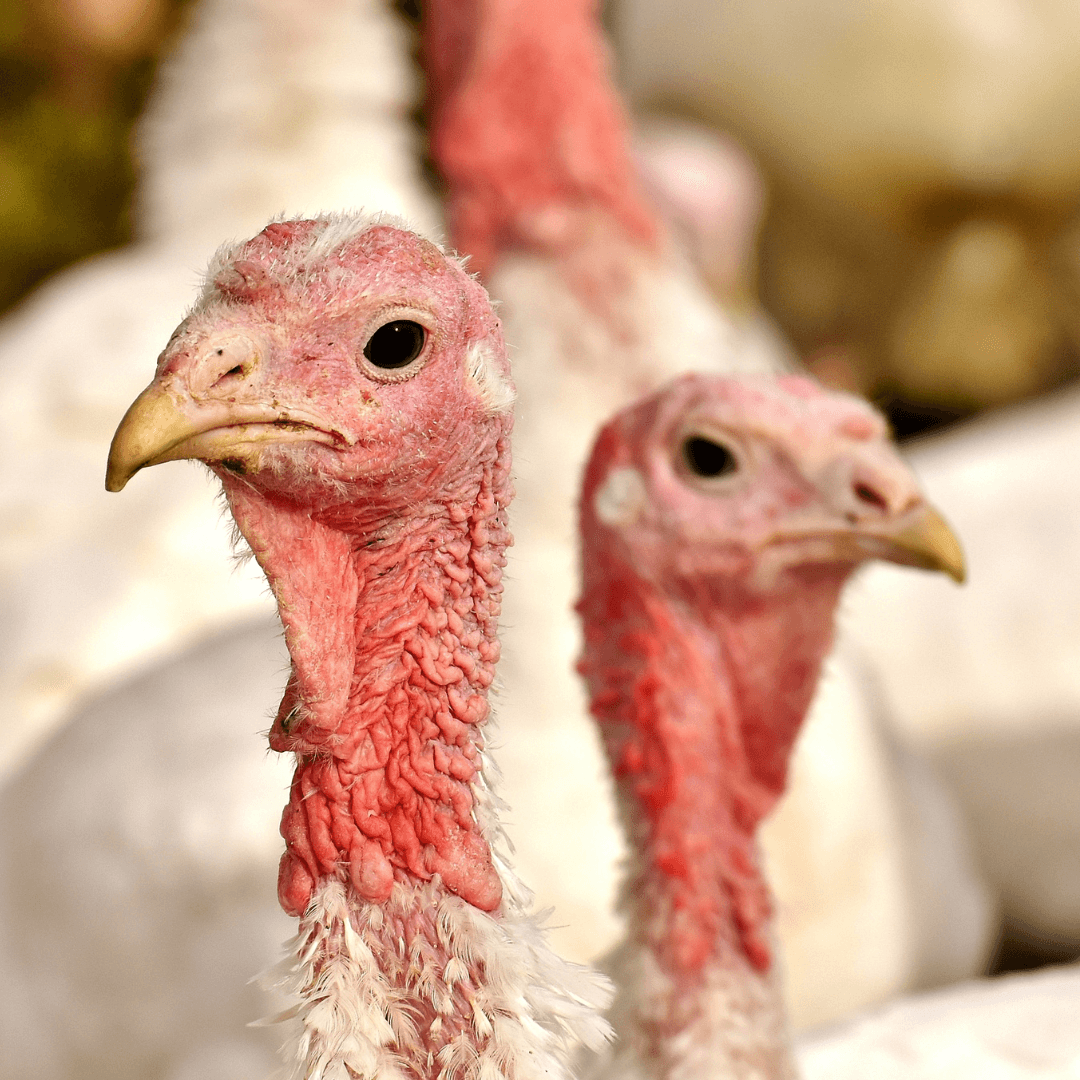
4. Turkey Domestication
Over 2,000 years ago, in what is now modern-day Mexico, turkeys were first domesticated. Native inhabitants of the area, like the Aztecs and Mayans, understood the value of turkeys as a food source, a source of feathers, and an important cultural symbol.
They carefully bred and maintained turkeys for various uses, including ceremonial and religious ceremonies.
Compared to their wild counterparts, domesticated turkeys were smaller, had more subtle colour changes, and were more submissive in behaviour.
Turkeys were first introduced to Europe in the 16th century by Spanish conquistadors, where they quickly became a staple food.
European explorers and traders noticed the distinctive characteristics of turkeys, who spread them throughout the world as a lucrative food source.
Due to their wonderful meat, turkeys gained widespread popularity. Since then, the domestication of the turkey has continued to advance, creating various varieties with unique traits.
Domesticated turkeys are bred for their size, meat output, and other characteristics valued in the poultry industry.
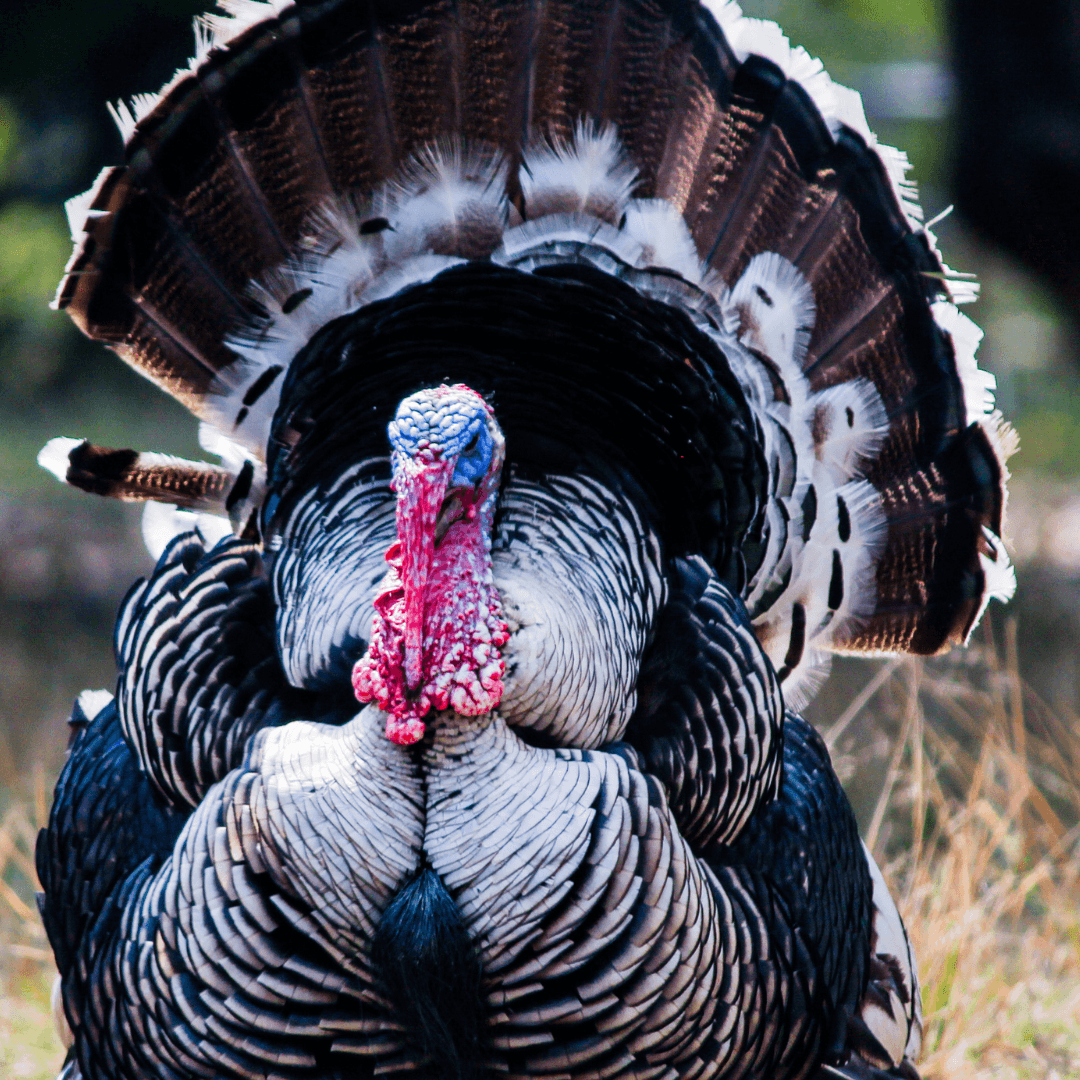
5. Turkey Feather Colours
Turkeys are fascinating creatures, and their feathers are a testament to their unique beauty and the complexity of nature.
The coloration of turkey feathers can vary significantly across different species and even within the same species due to genetic variations, age, and sex.
Wild turkeys, for instance, boast feathers that shimmer with a captivating iridescence, blending shades of green, bronze, gold, and even blues and reds under different lights.
This stunning display is not just for beauty; It is essential to their ability to camouflage and to perform mating rituals.
On the other hand, domestic turkeys often have been bred to have white feathers, which results from selective breeding practices aimed at creating birds that have a uniform appearance and are easier to process for food consumption.
These diverse feather colours among turkeys underscore their adaptability and the intricate balance between form and function in the natural world.
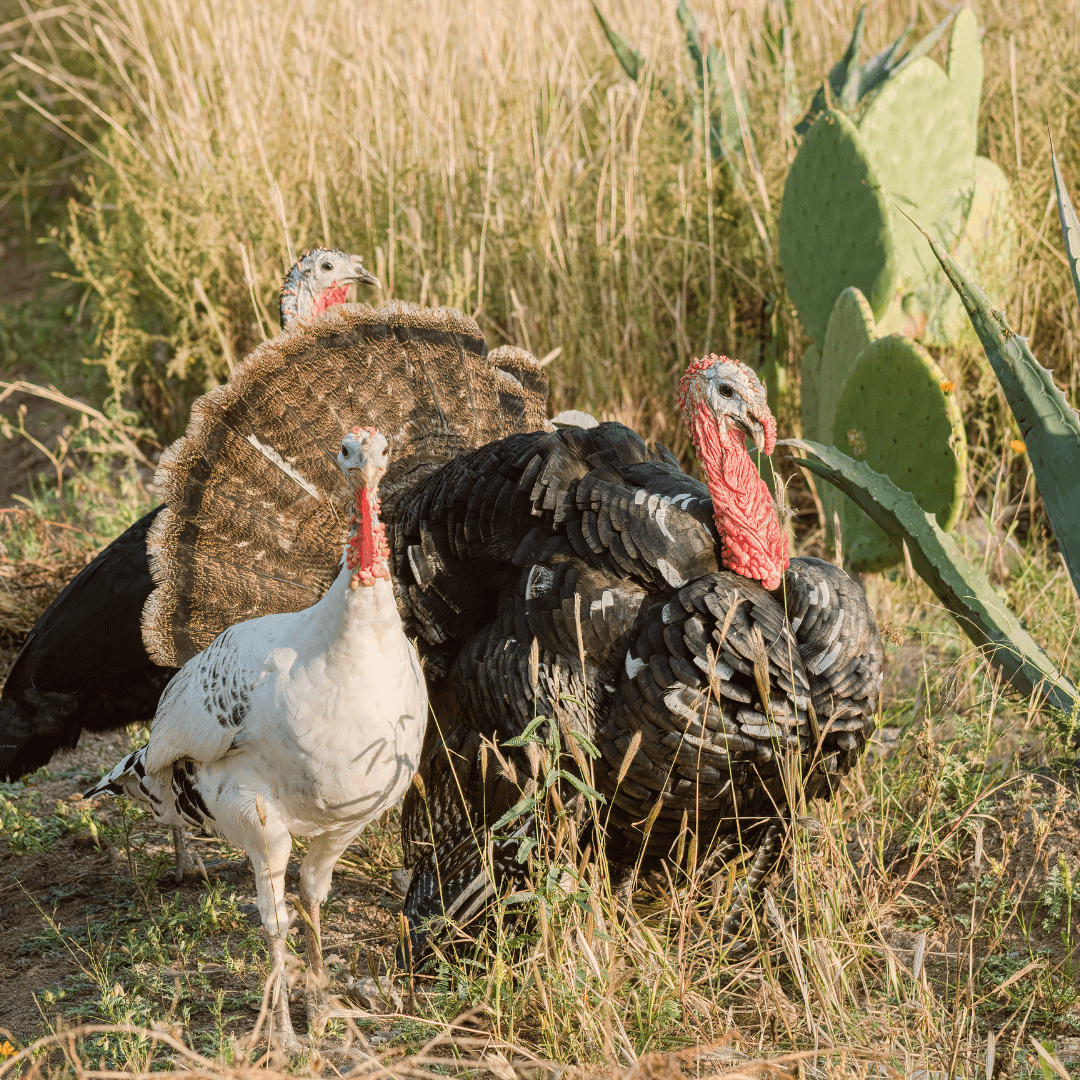
6. Turkey Males vs Females
Male turkeys, sometimes referred to as “toms” or “gobblers,” stand out from females, often known as “hens,” thanks to their striking physical traits.
One distinguishing characteristic between male and female turkeys is the size difference. Hens normally weigh between 8 and 12 pounds, while adult toms can weigh between 16 and 24 pounds.
Male turkeys are larger than females and have distinctive decorations and brilliant colours. Their plumage brightens during the mating season and features iridescent feathers in bronze, copper, and green hues.
Its most distinguishing characteristic is a male turkey's fan-shaped tail, which may be opened and spectacularly shown during courtship displays.
The large, wide feathers that make up this spectacular tail are called tail coverts. Male turkeys have different facial features.
They have a snood, a fleshy protuberance hanging over their beak. During courtship behaviours, the snood can vary in size and colour, becoming more prominent and vivid red.
The existence of a beard, a tuft of modified feathers that protrudes from the middle of their chest, is another distinguishing characteristic of male turkeys.
While not all men grow beards, it is a distinctive feature. These morphological variances influence male and female turkeys' roles during the breeding season, adding to the interest and beauty of this renowned bird species.
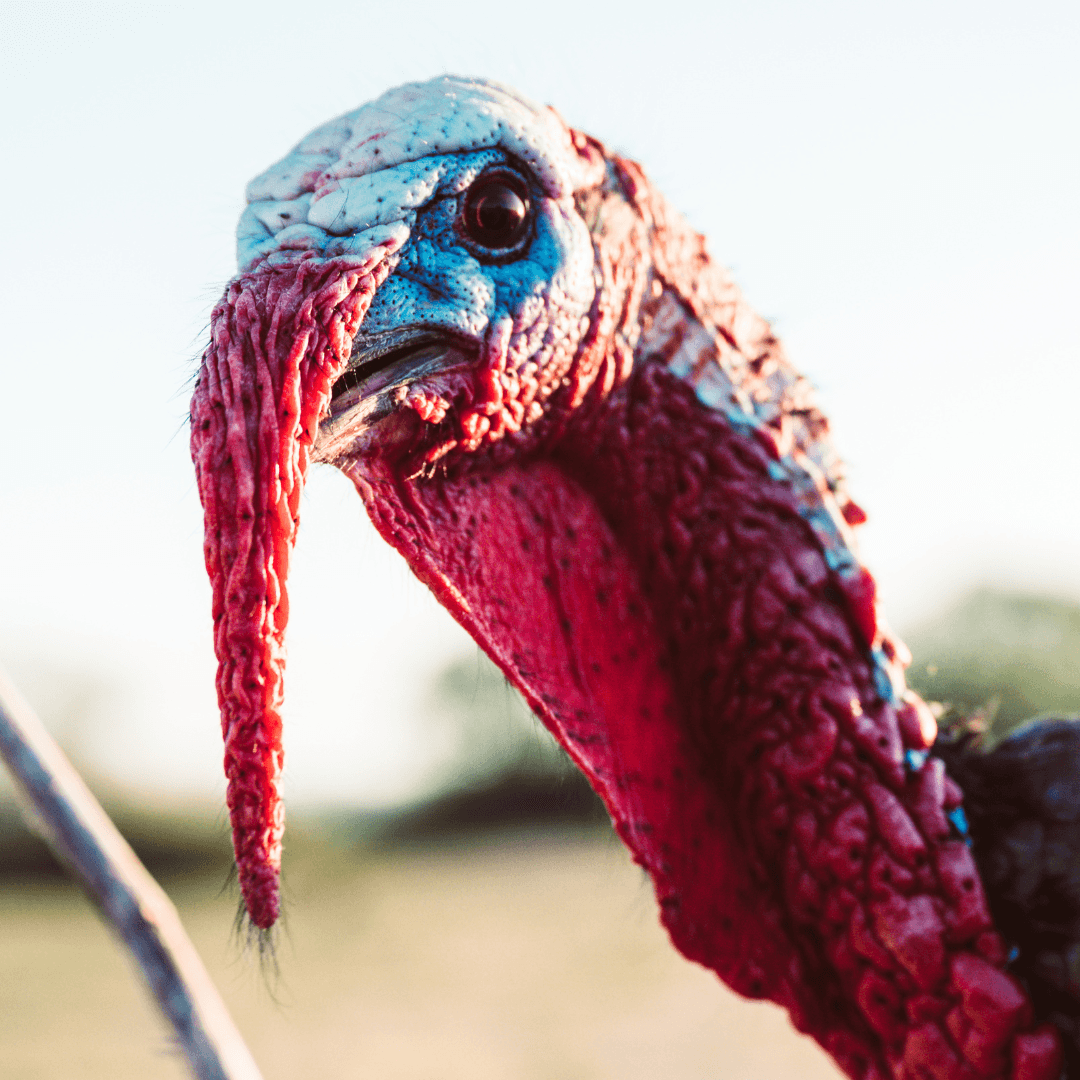
7. Turkey Snood
When it comes to male turkeys, the snood is a distinctive and fascinating trait. It descends from the forehead and across the beak; it is a fleshy, protruding lump.
The snood is made of wrinkled, soft, highly vascularized skin, giving it a reddish or bluish tint. Its capacity to alter in size and colour makes it fascinating.
The snood is often short and unnoticeable. The turkey's snood changes noticeably when a male courts a female or acts aggressively toward other males.
As it becomes more pronounced, it grows longer, expands, and becomes engorged with blood. In this enhanced form, the snood can extend several inches and occasionally even touch the ground.
Also possible is an intensification of the snood's colour, making it appear brighter and more lively. A visual cue used to express the male turkey's intents and power to others is the snood's abrupt shift in appearance.
The snood's size and colour depend on enticing a partner and creating social rank among the flock of turkeys.
8. Turkey Roosts
Wild turkeys engage in a habit known as communal roosting, in which they assemble in big flocks to spend the night in trees.
This behaviour protects the animal against ground-dwelling predators. Turkeys often choose big, densely branching trees, such as conifers or hardwoods, that offer protection and a good vantage position.
Flocks gather late in the day or early in the evening, with individual turkeys flying up to their preferred perches.
They favour roosting locations that provide excellent vision and are close to feeding areas. The number of turkeys in roosting flocks might range from a handful to several dozen.
The birds may notify one another of potential predators and react as a flock to any disturbance when roosting together, protecting numbers.
The turkeys leave their roosts in the morning and disperse to seek food throughout their chosen environment.
Sharing a roost is not only a practical survival tactic but also encourages social interactions and strengthens the relationships between the turkeys in the flock.
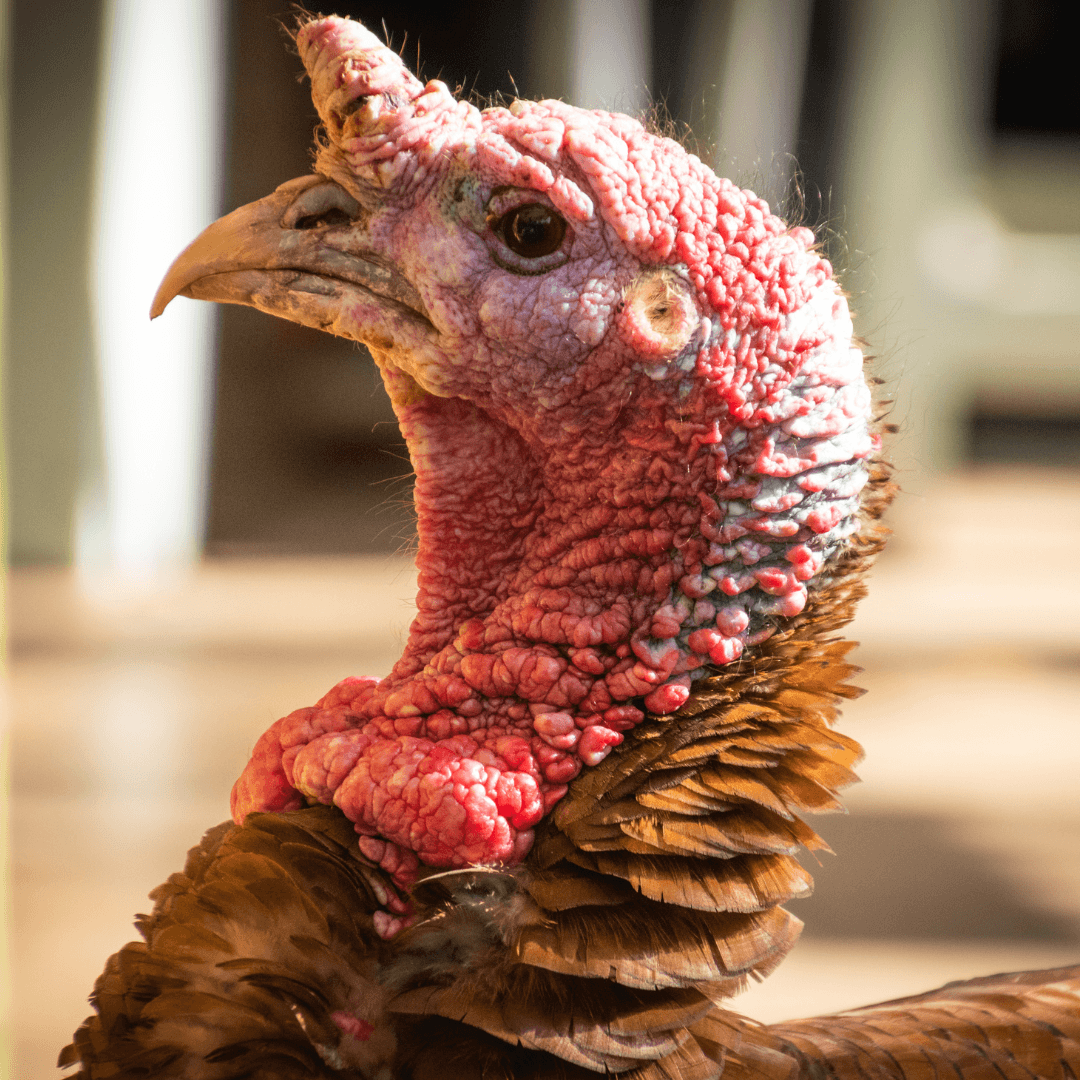
9. Turkey Vision
The extraordinary vision that turkeys have helps them survive in the wild. They have a wide field of vision thanks to the placement of their eyes on the sides of their heads.
They can spot potential threats or predators from a wide range of angles thanks to their vast field of vision. In addition, turkeys have good colour vision during the day.
Thanks to their colour vision, turkeys can differentiate colours, which helps them find food, identify other turkeys, and navigate their environment.
In addition to their keen vision, turkeys have a unique visual trait called a snood. The snood, a fleshy, protruding appendage that hangs over their beak, can vary in size and colour.
Depending on the turkey's physical and emotional state, this adjustable snood meets both functional and visual needs by being able to be expanded or contracted.
Overall, turkeys' keen eyesight and broad vision help them navigate their environment efficiently and accurately, spot resources, and avoid danger.
10. Turkey Pilgrimage
The Turkey Pilgrimage embodies a spiritual journey through a land steeped in religious history, touching the roots of several faiths across its ancient landscapes.
From the majestic Hagia Sophia and the Blue Mosque in Istanbul, showcasing the country's Islamic heritage, to the biblical significance of Ephesus, home to one of the Seven Churches of Revelation, pilgrims traverse through time and spirituality.
The journey extends to the mystical Konya, the heartland of Sufism and the final resting place of Rumi, whose teachings continue to inspire.
Cappadocia offers another dimension with its early Christian rock-cut churches adorned with frescoes in Göreme Open Air Museum, illustrating the intertwining of nature and devotion.
This pilgrimage is not merely about visiting sites; it's a voyage of inner discovery, reflecting on centuries of faith, culture, and coexistence, making Turkey a unique nexus of the sacred.

11. Turkey Predators And Defense Mechanisms
Several natural predators pose a hazard to turkeys' survival. Turkeys are preyed upon by various animals, including coyotes, foxes, bobcats, raccoons, and birds of prey like owls and hawks.
Turkeys use various defence measures to keep themselves safe. Flock vigilance is one of their main defences, and group members maintain a sharp eye for potential threats.
To warn the flock of danger, they communicate with one another utilizing a variety of vocalizations and visual cues.
Additionally, skilled fliers and turkeys can fly quickly and deftly when called upon. When threatened, they may easily take to the air to flee from predators.
Because of their robust wings and strong flight muscles, they can fly at amazing speeds and maneuver through dense foliage.
Another feature of turkeys' strong claws and beaks is their ability to defend themselves from predators.
These protection mechanisms, together with their natural ability to blend in with their environment thanks to their plumage, enable them to have a better chance of surviving predators.
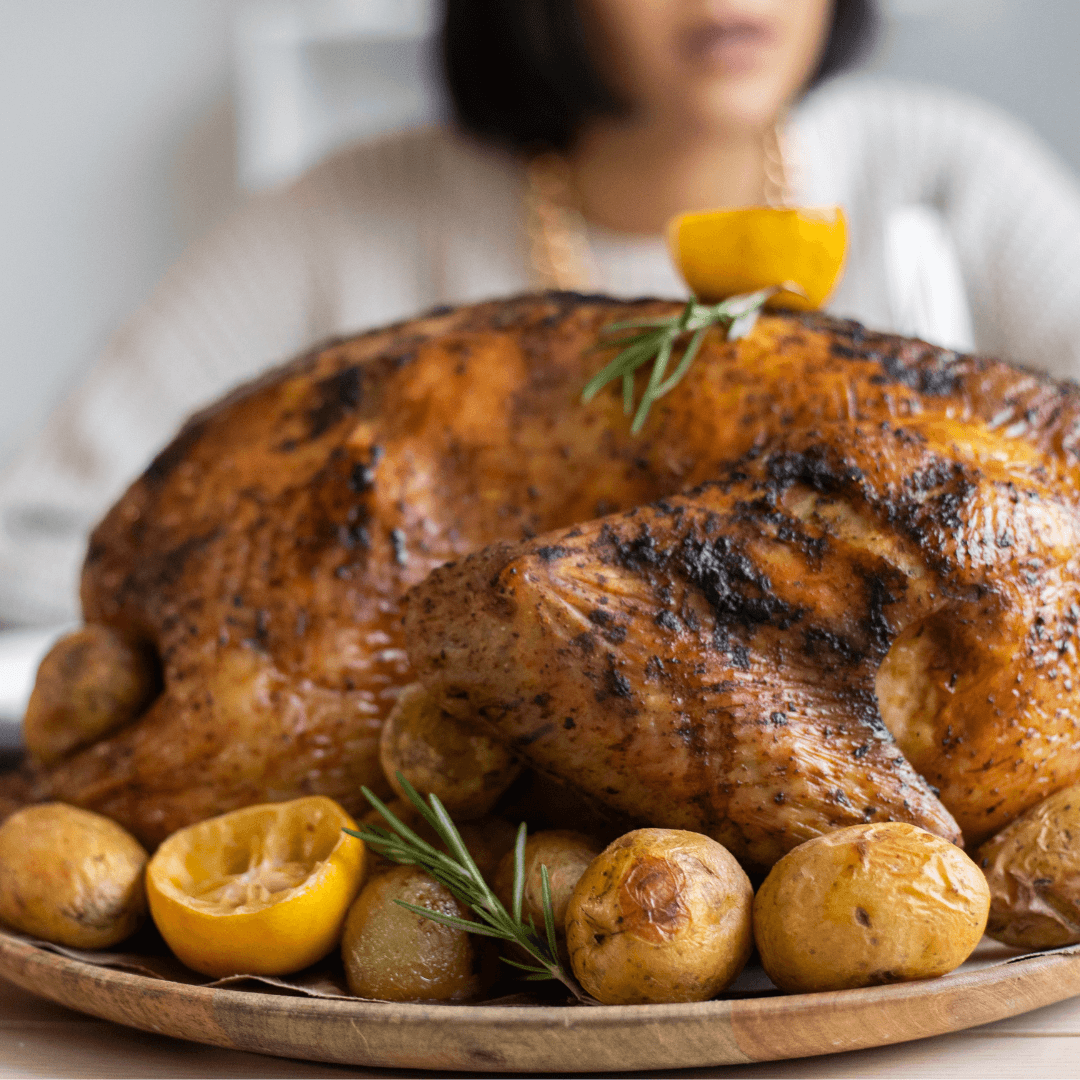
12. The Turkey Symbolism And Cultural Significance
Turkeys play an important cultural symbolism and symbolic role in many customs and holidays. Turkeys have long been revered as sacred creatures in many Indigenous communities of North America and serve as a sign of plenty, fertility, and thankfulness.
They frequently serve as symbols of the abundant offerings of nature during harvest festivals and rituals.
The Thanksgiving holiday, which is observed as a time of giving thanks and feasting, has become synonymous with turkeys in the United States.
A roasted turkey serves as the traditional centrepiece of Thanksgiving dinner and represents the bounty and blessings of the harvest season.
Turkeys are also mentioned in tales and folklore from several countries. For instance, they are occasionally portrayed as crafty and resourceful creatures in Native American stories.
In some European cultures, turkeys have long been seen as a symbol of luck, wealth, and protection from evil spirits.
Although turkeys' cultural significance varies across different communities and geographical areas, their inclusion in folktales, holidays, and gastronomic traditions indicates their ongoing symbolic relevance in human civilization.

13. Turkeys And Preening
Preening is an important grooming action for turkeys, who spend a lot of time maintaining the health of their feathers.
Turkeys have a gland at the end of their tail called the uropygial gland, sometimes known as the preen gland.
This gland secretes oils in the form of a waxy substance. During the preening process, the turkeys distribute the oil from the gland over their feathers using their beaks.
As a natural conditioner, this oil helps the feathers stay waterproof, flexible, and insulating by preventing them from becoming stiff.
The oil may be evenly applied by turkeys to their feathers, allowing them to cleanly and effectively eliminate dirt, parasites, and extra moisture from their coats.
During courting rituals, preening also aids in the maintenance of the turkey's distinctive appearance and vivid colours. It is a critical self-care act that benefits these extraordinary birds' general health and well-being.
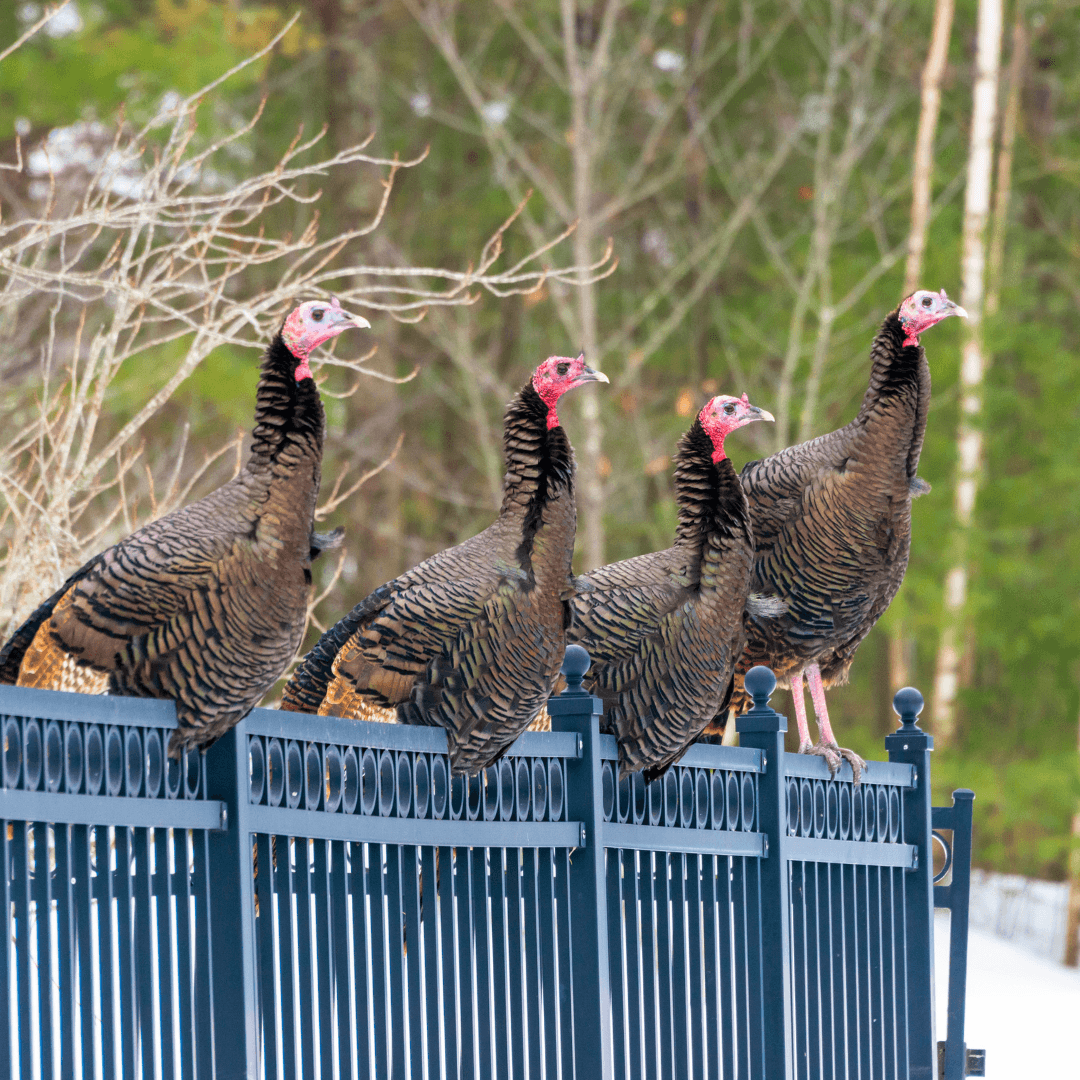
14. Turkey Social Behaviour
Turkey's social behaviour shows that these birds strongly tend to form flocks and are very social animals.
These flocks can be tiny or vast, containing dozens or even hundreds of turkeys, and they can range in size from small groupings to huge congregates.
For turkeys, flocking offers several benefits, especially in the winter when food may be in short supply, and predators may be a concern.
Because of the idea of “safety in numbers,” turkeys are safer when they gather in flocks. They are faster at warning one another of danger and better at spotting potential predators.
Flocking turkeys can forage more effectively with the ability to communicate and cooperate while feeding.
Several behaviours, including vocalizations, displays, and protruding wings, are used in complicated social interactions among flocks.
Complex social interactions occur among flocks and include a range of acts such as vocalizations, displays, and group roosting.
Flocks give turkeys a sense of friendship, social support, and the chance to learn from one another.
Their gregarious nature contributes to their general well-being and ensures survival in their natural surroundings.
Conclusion
In conclusion, turkeys are fascinating birds with a rich history, diverse behaviours, and cultural significance.
From their origins in North America to their domestication and global spread, turkeys have captivated human interest for centuries.
Their striking plumage, unique features like the snood and feather colours, and impressive abilities such as flight and keen vision make them intriguing creatures.
Turkeys play important roles in ecosystems as seed dispersers, contribute to cultural traditions like Thanksgiving, and have symbolic meanings in various cultures.
Whether it's their social behaviour, roosting habits, or defence mechanisms, turkeys continue to amaze us with their adaptive traits and interactions with the natural world.
With their captivating presence and intriguing characteristics, turkeys remain a remarkable and iconic species that never ceases to capture our attention and imagination.
I trust you enjoyed this article on the Interesting Facts About Turkeys. Please stay tuned for more blog posts shortly. Take care!
JeannetteZ
>>>Please click here to read my all-inclusive article about Why Is Wildlife Important And How Can We Protect It<<<
Your Opinion Is Important To Me
Do you have thoughts, ideas, or questions? I would love to hear from you. Please leave your questions, experiences, and remarks about the article on the Interesting Facts About Turkeys in the comments below. You can also email me at Jeannette@Close-To-Nature.org.
Disclosure
This post may contain affiliate links. As an Amazon Associate and other affiliate programs, I earn from qualifying purchases at no extra cost to you. Please read my full affiliate disclosure.
You might also enjoy these blog posts:
Best Natural Fertilizers For Flowers
Best Tips For Introducing A New Cat To Your Home
Best Tips For Choosing The Right Cat Food
The Role Of Cats In Ancient Civilizations
Best Senior Cat Care Tips And Advice

